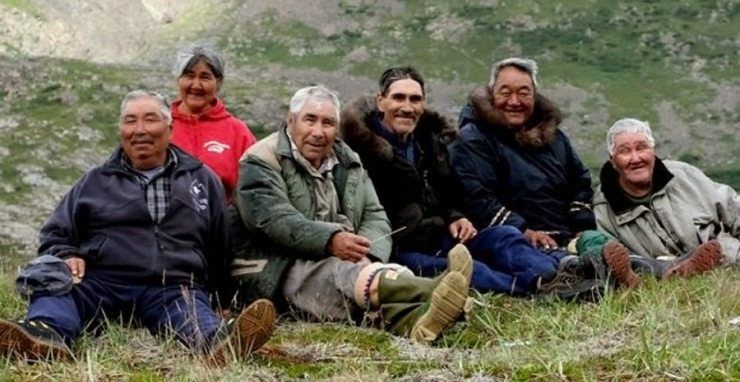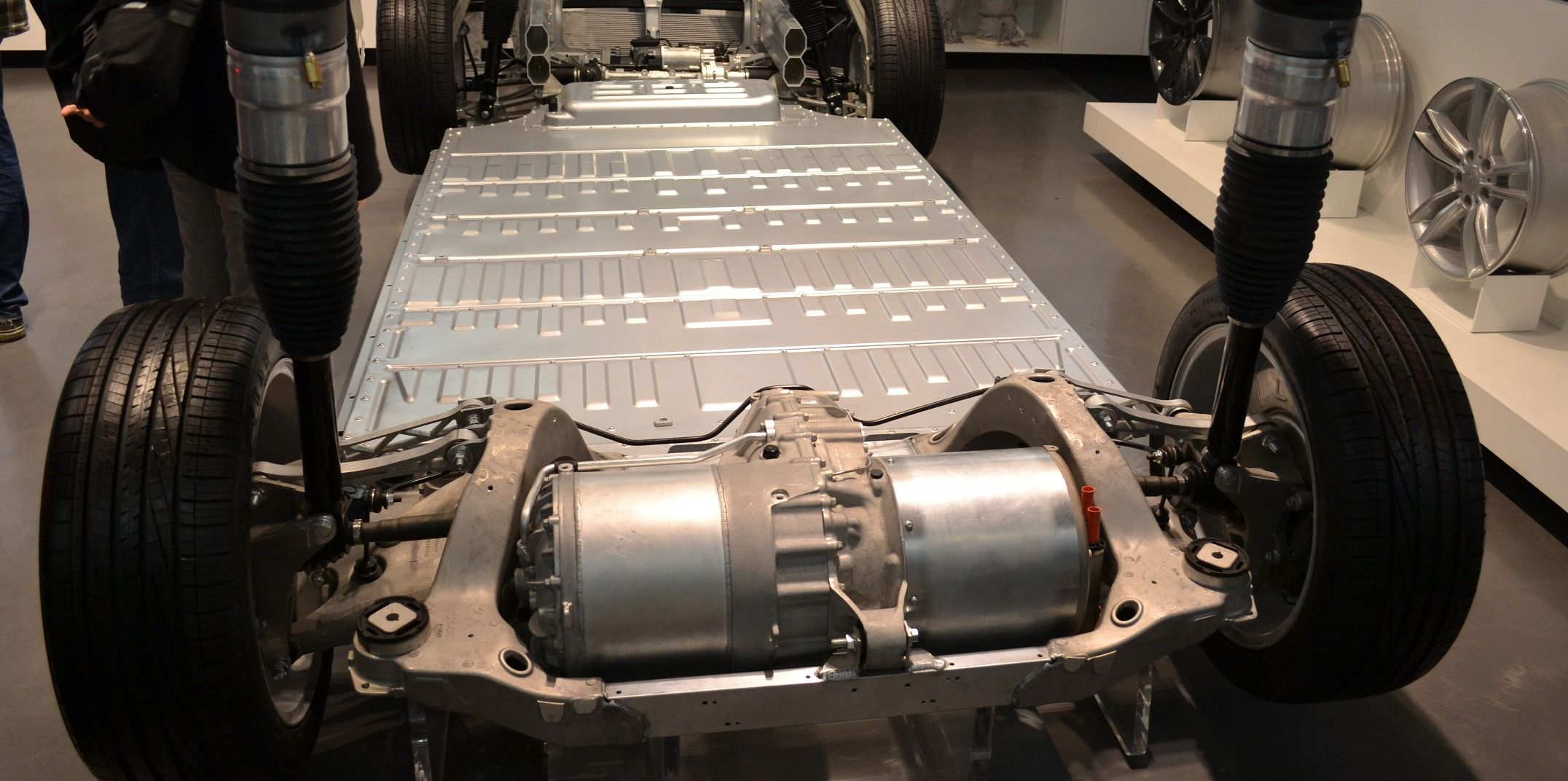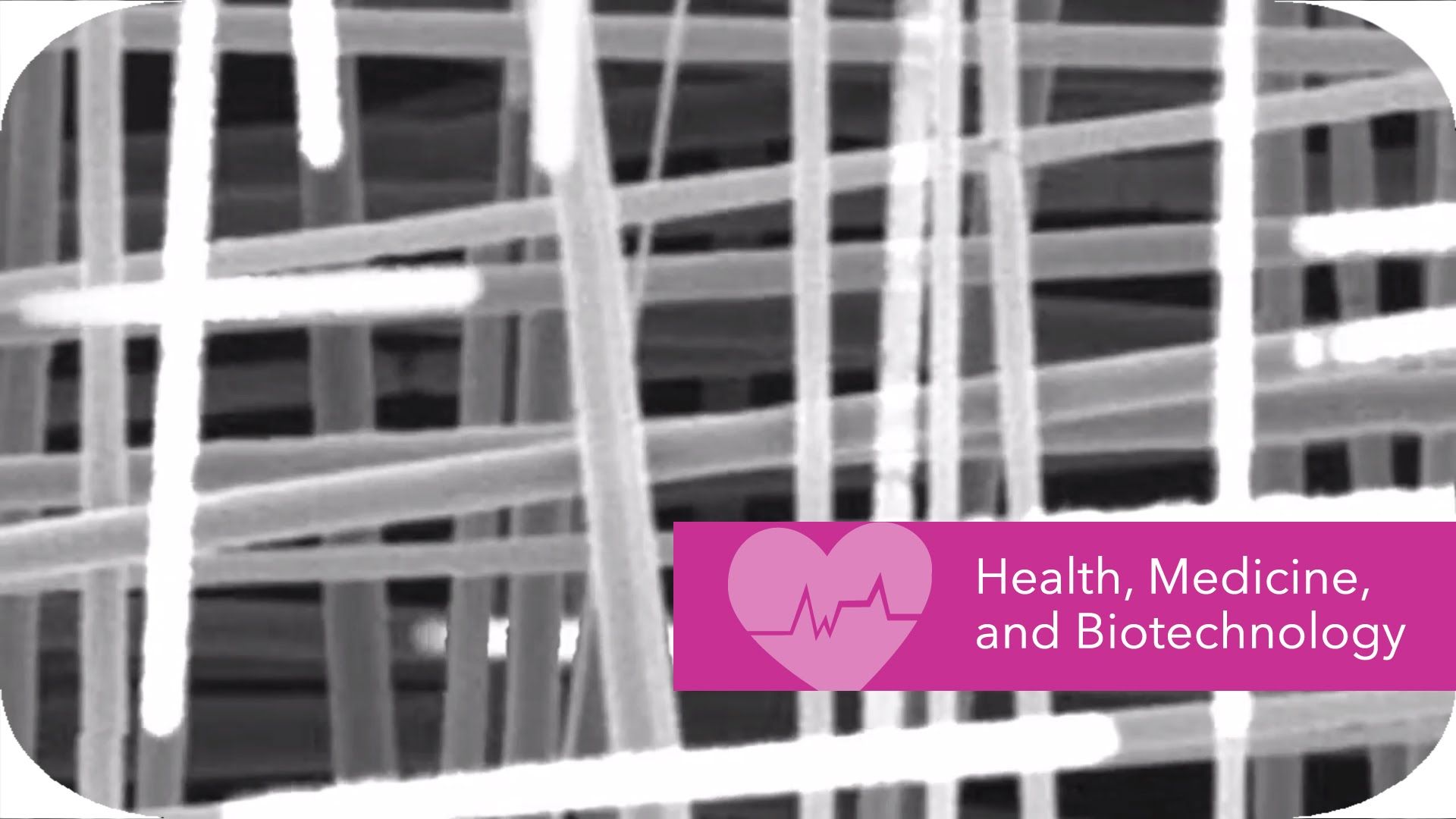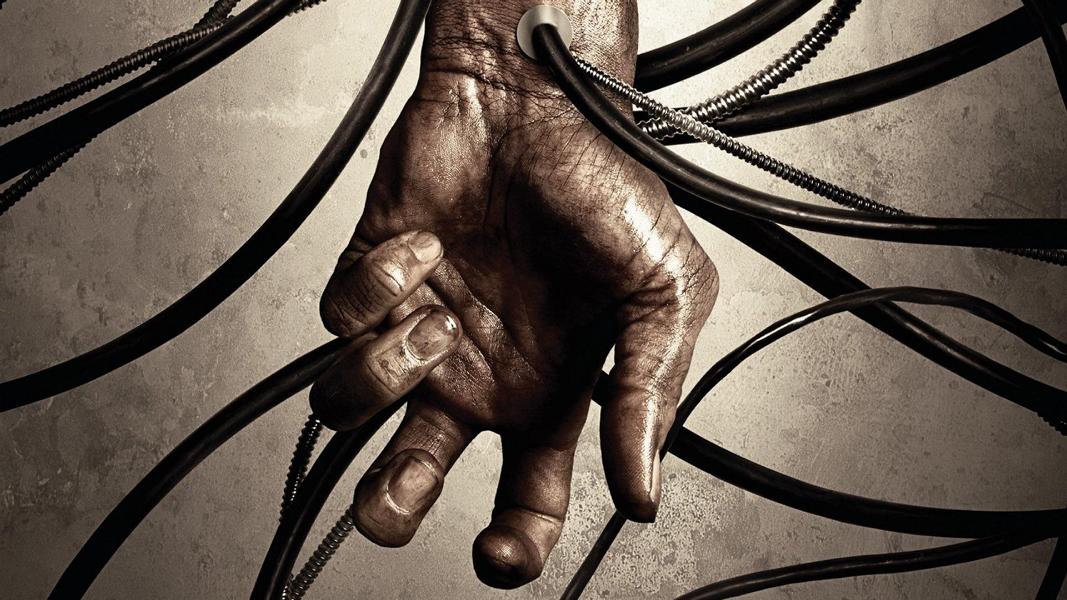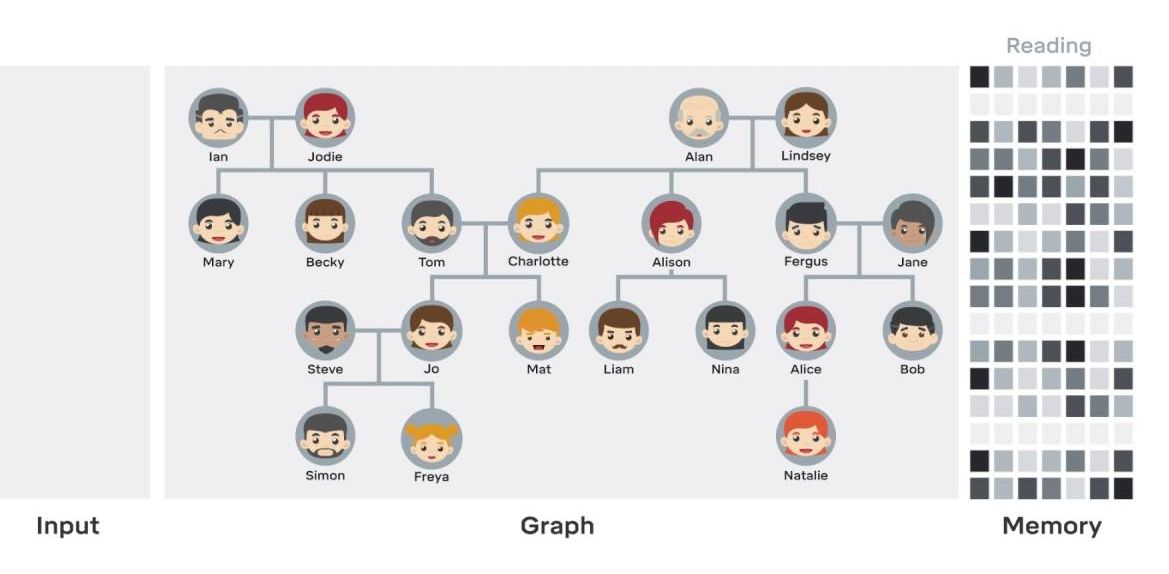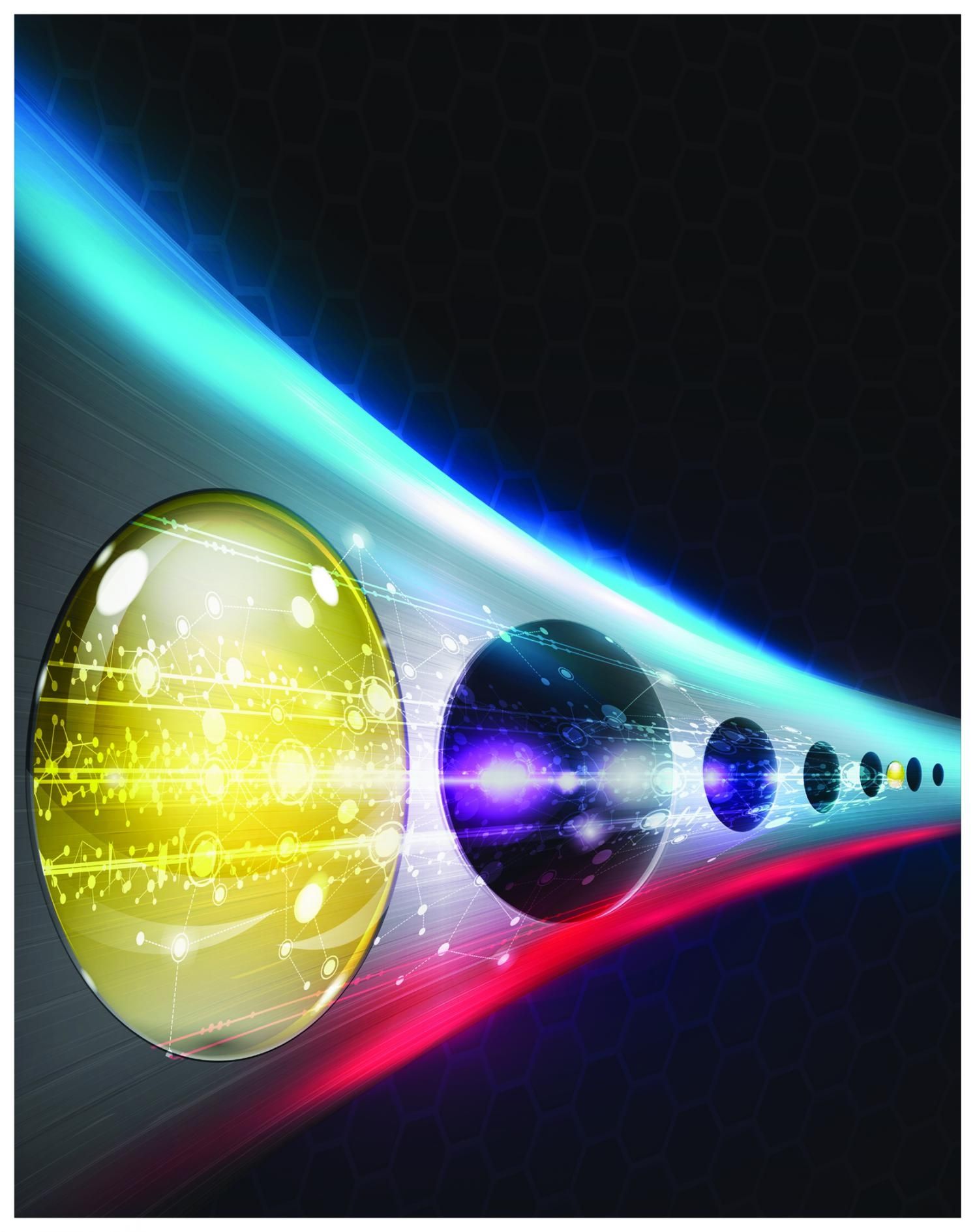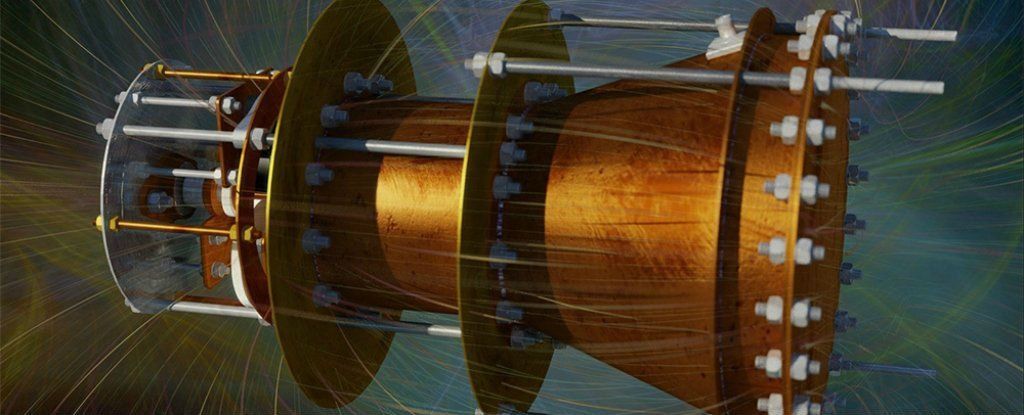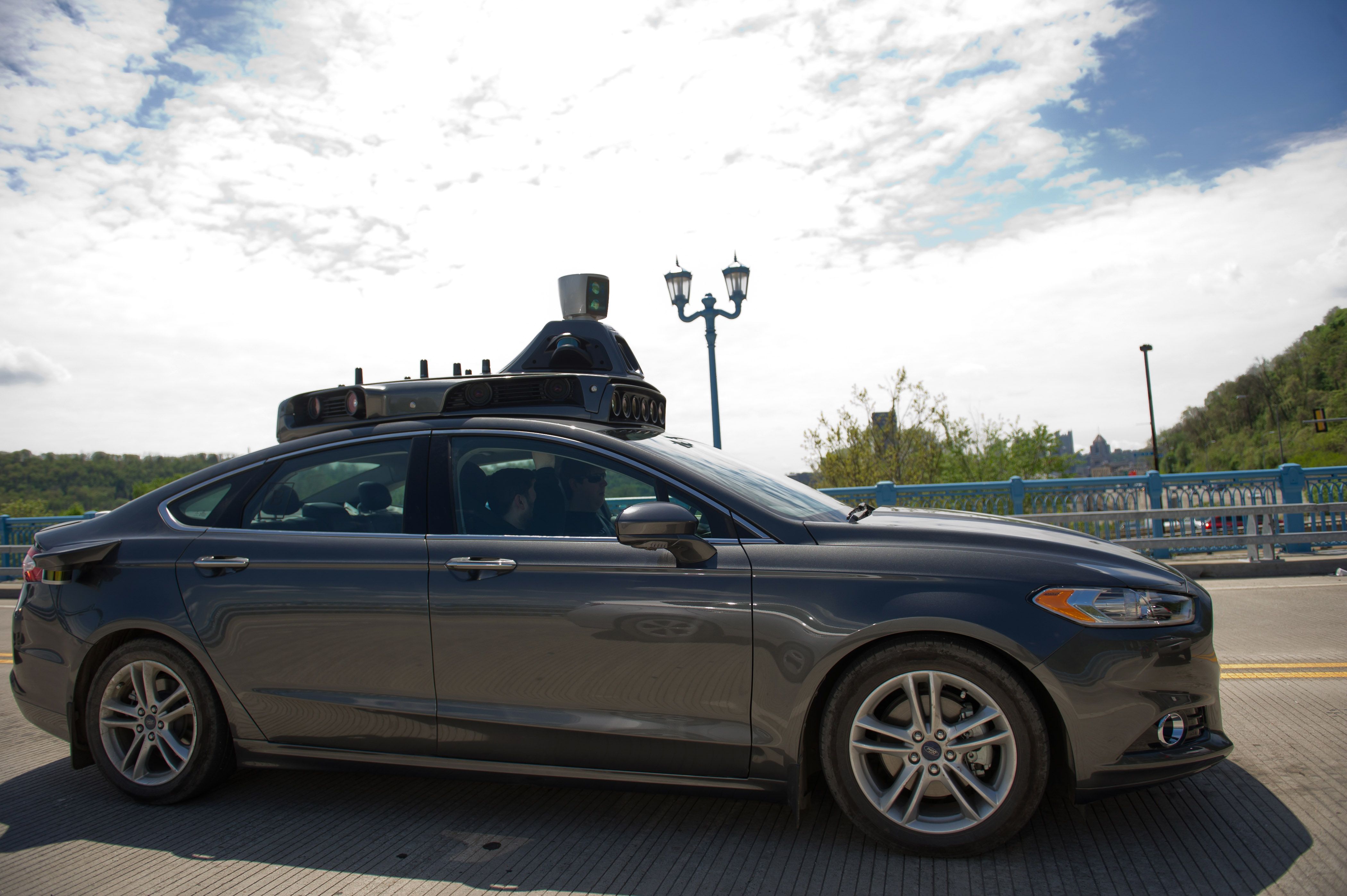Oct 15, 2016
A possible explanation for why male mice tolerate stress better than females
Posted by Karen Hurst in categories: biotech/medical, neuroscience
The nerves we feel before a stressful event—like speaking in public, for example—are normally kept in check by a complex system of circuits in our brain. Now, scientists at Rockefeller University have identified a key molecule within this circuitry that is responsible for relieving anxiety. Intriguingly, it doesn’t appear to reduce anxiety in female mice, only in males.
“This is unusual, because the particular cell type involved here is the same in the male and female brain—same in number, same in appearance,” says Nathaniel Heintz, head of the Laboratory of Molecular Biology and a Howard Hughes Medical Institute investigator. “It’s a rare case where a single cell type is activated by the same stimulus but yields two different behaviors in each gender.”


